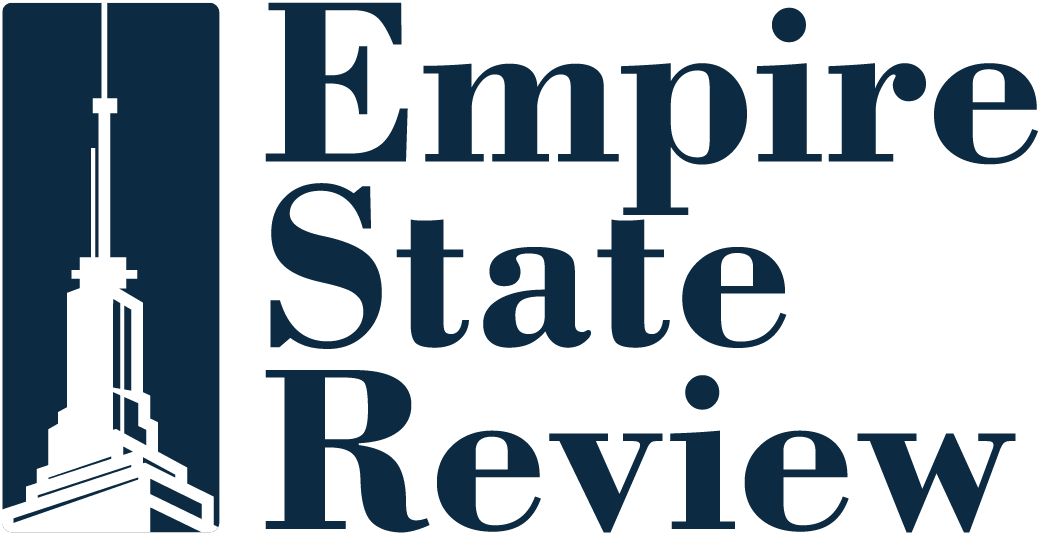New York City’s Landmark Green Roof Legislation: A Step Towards Sustainability
In an inspiring move towards environmental sustainability, New York City has officially enacted a groundbreaking law mandating the installation of green roofs on all new commercial and residential buildings. Announced by Mayor Eric Adams, this progressive legislation marks a pivotal moment in urban policy, making NYC the first major U.S. city to implement such a requirement. The new law is indicative of the city’s commitment to enhancing its ecological footprint while ensuring a healthier living environment for its residents.
The Significance of Green Roofs
Under the newly introduced regulations, all buildings exceeding a specified size will be required to incorporate green roofs, which are partially covered with vegetation. This innovative architectural feature is more than just an aesthetic upgrade; it plays a vital role in alleviating urban heat islands—areas in cities that experience higher temperatures due to human-made surfaces. By enabling vegetation to flourish on rooftops, these green systems contribute to improved air quality, enhancing the overall health of city dwellers.
Benefits of Green Roofs
Green roofs not only mitigate heat but also provide ecological benefits by offering habitats for various species of birds and insects. They act as vital components in urban biodiversity, fostering a more harmonious ecosystem within the city landscape. Furthermore, these green rooftops provide natural insulation for buildings, thereby decreasing energy consumption. By reducing the reliance on air conditioning systems during hotter months, property owners can enjoy significant cost savings as well.
A Statement from the Mayor
Mayor Adams articulated his vision for a greener metropolis, stating, “We are leading the way in making New York City greener, healthier, and more sustainable for future generations. This is not just a policy—it’s a movement toward a better, more livable city.” This affirmation underscores the administration’s commitment to embedding sustainability into the fabric of urban policymaking and development.
Economic Implications
In addition to environmental advantages, the green roof legislation is poised to create numerous job opportunities within sustainable construction and landscaping sectors. As building companies and landscapers adopt these green technologies, there will likely be an uptick in job training and employment in related fields. This initiative is not just beneficial for the environment, but it stands to provide a significant boost to the local economy, promoting sustainable practices and job growth simultaneously.
Community and Environmental Support
The introduction of the green roof law has garnered widespread support from environmental organizations, which view this decision as a critical measure in combatting climate change and enhancing the resilience of urban environments. Advocates believe this initiative signifies a proactive approach to reducing the impacts of global warming in dense city settings and could set a precedent for other metropolitan areas across the nation to follow suit.
Conclusion
New York City’s adoption of a mandatory green roof policy exemplifies a bold and transformative step toward sustainability and environmental responsibility. By addressing urban heat concerns, improving air quality, and offering economic benefits, this legislation has the potential to reshape the metropolitan skyline while enriching the quality of life for its residents. As cities around the world grapple with climate challenges, NYC’s initiative might serve as a blueprint for sustainable urban development, setting an inspiring example for others to endeavor toward greener futures.
FAQs
What is a green roof?
A green roof is a roofing system that features vegetation and soil or a growing medium. It helps to insulate buildings, improve air quality, and provide habitats for wildlife while absorbing rainwater and reducing heat absorption.
Why does New York City need a green roof law?
The law aims to combat urban heat islands, mitigate climate change impacts, improve air quality, and enhance biodiversity while promoting energy efficiency in buildings. It represents a significant commitment to sustainability in a densely populated urban environment.
What buildings are affected by this law?
All new commercial and residential buildings that meet specific size criteria will be required to install green roofs under the new regulations.
What are the economic benefits of green roofs?
Green roofs can lead to significant energy savings through better insulation, create jobs in the sustainable construction and landscaping industries, and provide potential cost savings for property owners through reduced electricity bills.
How will this impact the community?
The implementation of green roofs is expected to improve community health by enhancing air quality and reducing temperatures, as well as promoting biodiversity. It may also stimulate local job growth and encourage a stronger commitment to environmental stewardship among residents.

